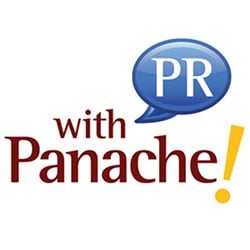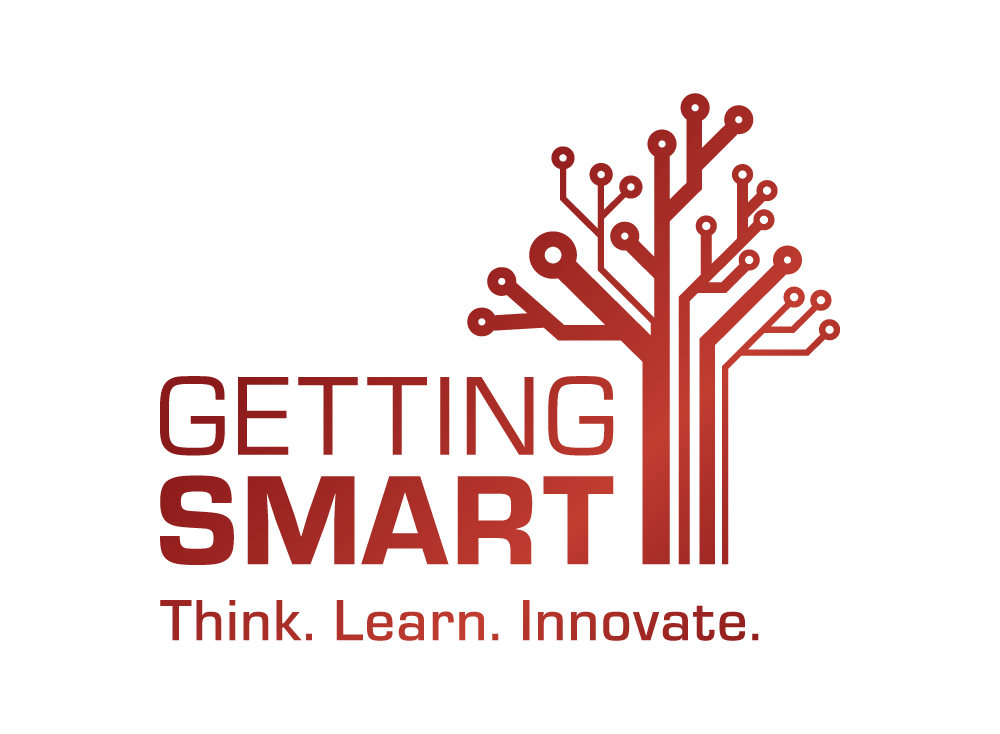Rody Boonchouy on episode 139 of the 10-Minute Teacher
 Today Rody Boonchouy @rodyboo from the Buck Institute talks about effective project based learning. With a powerful metaphor explaining the difference between projects and project based learning, Rody sets the stage to discuss PBL trends and tips. Let’s dive deeper into PBL.
Today Rody Boonchouy @rodyboo from the Buck Institute talks about effective project based learning. With a powerful metaphor explaining the difference between projects and project based learning, Rody sets the stage to discuss PBL trends and tips. Let’s dive deeper into PBL.
- Listen to the show on iTunes or Stitcher
- Stream by clicking here.
Below is a transcript modified for your reading pleasure.
Vicki: Happy Thought Leader Thursday. Today we’re thinking about Project Based Learning. This is something we talk about a lot on “The Ten Minute Teacher.” We have Dr. Rody Boonchouy @rodyboo with us from the Buck Institute of Education.
What are the trends in project-based learning?
Rody, you work with Project Based Learning all over the country and the world. What kind of trends are you seeing right now in Project Based Learning?
Rody: Thanks for having me, Vicki. I work for the Buck Institute for Education, and we provide professional development across the country, supporting educators, teachers, leaders, instructional coaches in using Project Based Learning or what we call PBL.
Over the past ten years or so, we’ve seen an enormous spike in demand and interest in PBL, particularly with the emergence of some of the new policies like Common Core, this shift toward 21st Century Skills. Many teachers have been asking, “Well, we understand and believe that this is important, but how do we bring that type of learning to the classroom?”
PBL has been a fantastic vehicle to enable students to cultivate those skills and to practice their problem solving, collaboration communication, and the increase just continues to grow. We’re very excited about this trend and what it’s able to do for students and teachers.
How is project-based learning misunderstood?
Vicki: Rody, do you think that some people misunderstand what Project Based Learning is? And how?
Rody: That’s a great question. We distinguish Project Based Learning between the “dessert” project and the “main course.” It’s a perfect metaphor. Many teachers use projects. I used projects when I was in the classroom as well. Often the way they manifested was a teacher would go through a typical unit using traditional instructional methodologies, and then at the completion of that unit once the test had been taken, then we would engage in a project – something fun. Great example, something in California for 4thgraders where the focus is on state history, they have the California Mission Project. This is something you can build with sugar cubes or with clay. It’s typically something fun, hands on, and a great way to kind of wrap up the unit. We believe that Project Based Learning should be the main course – that the entire unit is contextualized by a project, that by building, constructing, researching, engaging in authentic tasks, real world issues – students can learn the skills and develop content knowledge along the way. So, it’s important to know that PBL is highly rigorous, is highly standards based and drives the unit at hand.
Can we keep up with standards while using project-based learning to teach?
Vicki: So Rody, some teachers might say, “Well you’re going to slow me down. I can’t cover the content fast enough.” Or “Prove to me that they’re actually going to learn it better than me just lecturing.” What do you say?
Rody: That’s an ongoing challenge. Teachers have a list of standards a mile long – per subject. Often, we educators feel compelled to “cover” as much as possible. However, we do know from cognitive science and learning science that superficial review or the teaching and learning of content isn’t retained, doesn’t stick. Project Based Learning comes from the school of thought – the philosophy – that by going into depth, by really unpacking those key content standards, that by applying that new knowledge to new circumstances, students actually retain and better understand the depth of those concepts. So we advocate for “less is more” and thoughtful identification of those standards that we really want students to know and understand well. That’s typically where we’ve seen the most success.
Do you have an example of project-based learning breakthroughs?
Vicki: Rody, think about a breakthrough that you’ve witnessed in schools or with a teacher where PBL truly made a difference. Can you give me an example?
Rody: I think it’s the stories that really compel a lot of educators to move forward with PBL. The bulk of my teaching career I taught at a PBL school – wall to wall PBL – meaning that the entire curriculum was taught through projects. Interestingly, a lot of students that weren’t successful in the traditional model for a variety of reasons – because they didn’t feel engaged, they didn’t fit into that model or paradigm of textbooks and lectures – came looking for something new, almost a “last chance.” This was in the early years in my career.
What was interesting was that regardless of the reasons why students may have not have felt successful prior, [they] all of a sudden came alive. The reason is because they were able to see the connection between what they were learning and its application to the world outside, the “adult world” if you will. Often students would raise their hands and ask, “Why are we learning this?” That’s a wonderful question, because they’re looking for meaning. That connection between the adult world is really powerful, too.
The other piece is that PBL relies on students’ strengths, interests, assets in terms of how they learn and how they demonstrate that learning. Some students may have a technological strength or artistic or written — the whole spectrum of modalities. PBL provides an opportunity for voice and choice in not only how you learn the content and skills, but also how you demonstrate that learning. I saw that with my students throughout my career.
Interestingly, I ran into a student just the other day or last week who is successful, working as a manager in a car dealership. He was able to articulate that, “You know what? Through PBL I was able to learn how to deal with people, collaborate, lead, manage myself, manage my time…” I think that’s the power of PBL.
What is the biggest mistake in PBL implementation?
Vicki: So Rody, you’ve worked with lots of schools. What’s the biggest mistake you see in PBL implementation?
Rody: Well, here’s the challenge of PBL… PBL is difficult to do. It takes a long time to learn, to develop a rhythm, and to feel successful all of the time.The reason is because you’re managing different teams of students, and not only navigating the content and providing a scaffolding for that, but also navigating the interpersonal dynamics of teams that are coming up with innovative solutions.
I think the mistakes in districts that are very interested in PBL is they try to move too fast. They send their teachers to one workshop where teachers are often very inspired, but there needs to be ongoing support, ongoing reflection on what worked and what didn’t – so that teachers can create powerful learning experiences and also feel able to take risks, try new things. Even to fail forward, to model a student “Look. It’s a messy world out there. How are we going to learn about the way we learn, in order to be successful?”
The other challenge is this notion of control and power. In the traditional paradigm, the teacher is the arbiter of knowledge, and students essentially “receive” that knowledge. In a PBL classroom, it’s important to give significant elements of control to students, to wrestle with new concepts and new tasks. That’s a pretty big hurdle and challenge for new teachers of PBL.
Vicki: Well, I know in my own classroom, I think I’m probably – I’m sitting here trying to think of how many tests I actually give. I mean, maybe three a year… and they’re not really tests, they’re kind of just quizzes. But I’m pretty much totally PBL. There’s tools you can use. You can use Trello, you can use Google Docs, there’s all kinds of things that you can use to help track and keep up with this. And you’re right, Rody, you do get better with time, but it does take a little time to learn how to do this. But I would never go back to my test-centered classroom from where I am now. The kids are just too excited, and I’m too excited.
Rody: (laughs)
Vicki: First of all, the Buck Institute for Education has fantastic resources. So many of us look at their research and what they’re doing to get to hone our craft and reinvent how we do projects in our classroom. I think it’s part of being a remarkable teacher for the 21st Century to master how we do Project Based Learning. So, take a look and think about it today.
To see the full article click here.


